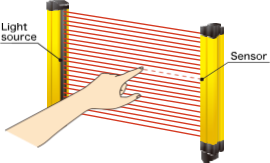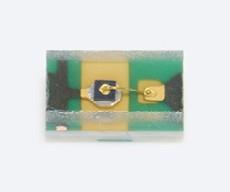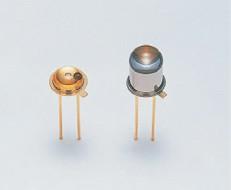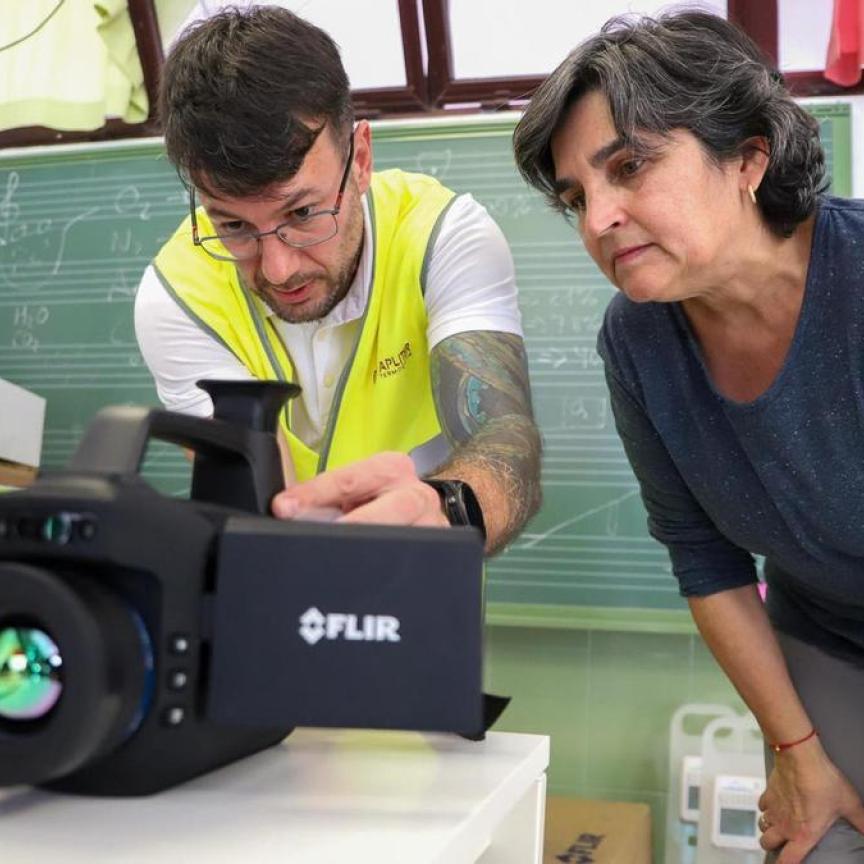Factory automation is rapidly transforming industries worldwide, marking a new era of efficiency, precision, and innovation. As we advance deeper into Industry 4.0, the integration of advanced automation technologies has become a cornerstone of modern manufacturing. From automotive manufacturing to electronics assembly, these systems are key to enhancing productivity and reducing operational costs.
The key role of photoelectric sensors in automation
At the heart of this automated revolution are photoelectric sensors, which play a crucial role in enabling precise, safe, and reliable operations. Optical sensors, also known as optical switches, are indispensable in various industrial applications, such as presence detection, fill level measurement, and safety protection. In addition, they can offer relatively long operational distances for presence detection compared to other technologies, making them ideal for challenging environments.
How optical switches work: configurations and applications
In the basic configuration, optical switches consist of a light emitter and a receiver. The emitter, usually a light- emitting diode (LED), produces modulated pulses, while the receiver, a photodiode, converts incoming light into electrical signals. These signals are then amplified and processed before being sent to the controller.
The versatility of optical switches lies in their various configurations, each suited for specific applications in factory automation.
1. Transmissive configuration: long-range sensing
In the transmissive configuration, the transmitter and receiver are housed separately. When an object interrupts the light beam between them, the receiver’s output changes, indicating the presence of an object. This configuration is highly effective in environments with fog, dust, and dirt and is commonly used to monitor production and packaging lines, measure fill levels through transparent containers, and safeguard hazardous areas.

2. Retro-reflective configuration: detecting shiny objects
The retro-reflective configuration houses both the transmitter and receiver together. Objects are detected when they break the light beam between the sensor and a reflector. These sensors excel at sensing glossy or shiny objects, making them particularly useful in the packaging and printing industries.
3. Diffuse reflection configuration: versatility in object sizing
In the diffuse reflection configuration, the emitter and receiver are also housed together but without a reflector. Here, the sensor is triggered when the light reflected by an object reaches the photosensor. When a linear image sensor is used instead of a single photodiode, the distance to the object can be measured using triangulation. This method is particularly useful for determining the size of packages on a conveyor belt for sorting applications.
4. Measuring light curtains: broad area detection
Measuring light curtains utilise infrared light to detect and measure objects across a large field. These devices operate using multiple through-beam sensors, each with an individually evaluated output signal. Available in various sizes and beam distances, they are suitable for diverse measurement tasks.

Safety light curtain: A safety device used to detect people or objects' intrusion into dangerous work site areas
Hamamatsu Photonics: Leading the way in optical sensor integration
Hamamatsu Photonics offers a wide range of standard emitters and detectors specifically designed for integration into optical switches. Their integrated photoelectric detectors consist of highly sensitive photodiode and readout electronics that provide digital or analogue output. With various packaging options and wide wavelength sensitivity, these detectors can easily integrate into any sensor system, making them compatible with most emitters on the market.
Key products
Photoelectric Detectors [1]
S6841, S8119

These detectors provide digital output, feature a wavelength sensitivity of 380 to 1120nm, and offer robust protection features such as built-in short-circuit protection. Their compact design and high sensitivity make them suitable for a wide range of applications.
Other features include a synchronous/asynchronous switching terminal, highly sensitive version: 0.05 μW/mm2, high allowed background noise version: 10000 lx, and compact plastic package: 4.5 x 5.5 mm.
S11049 series

Known for their analogue output and high linearity, these detectors are designed to operate with minimal noise. They also boast a large tolerance for background noise, making them reliable in various industrial settings.
Other features include a wavelength sensitivity of 380 – 1120nm, low noise of 1.8 mV rms and a plastic package.

Near-infrared LEDs: enhancing automation precision
Hamamatsu also manufactures a diverse range of emitters in the near-infrared (NIR) region. The light emitted by these LEDs is invisible to the human eye and resists interference from ambient light, ensuring precise and reliable performance. With different configurations available, including various beam angles, output power levels, and emission wavelengths, these LEDs can be tailored to meet specific application needs.
Key products
NIR LEDs [2]
L12171-0087G

This compact, high-output NIR LED features an emission peak at 870nm and a high cutoff frequency, making it ideal for high-speed applications.
Other features include FWHM: 45nm (typ.), plastic-type, and surface mount type.
L2388 series

With a peak emission at 945nm, these LEDs offer robust performance in a compact metal package, with options for integrated reflectors or lenses.
Other features include high output, FWHM: 45nm (typ.) and TO-46.
For further technical details, please contact our team of engineers at info@hamamatsu.eu
References
[1] Hamamatsu Photonics, "Photo ICs for optical switch," [Online]. Available: : www.hamamatsu.com/eu/en/product/optical-sensors/photo-ic/photo-ic-for- optical-switch.html
[2] Hamamatsu Photonics, "NIR LEDs," [Online]. Available: www.hamamatsu.com/eu/en/product/light-and-radiation-sources/led.html


